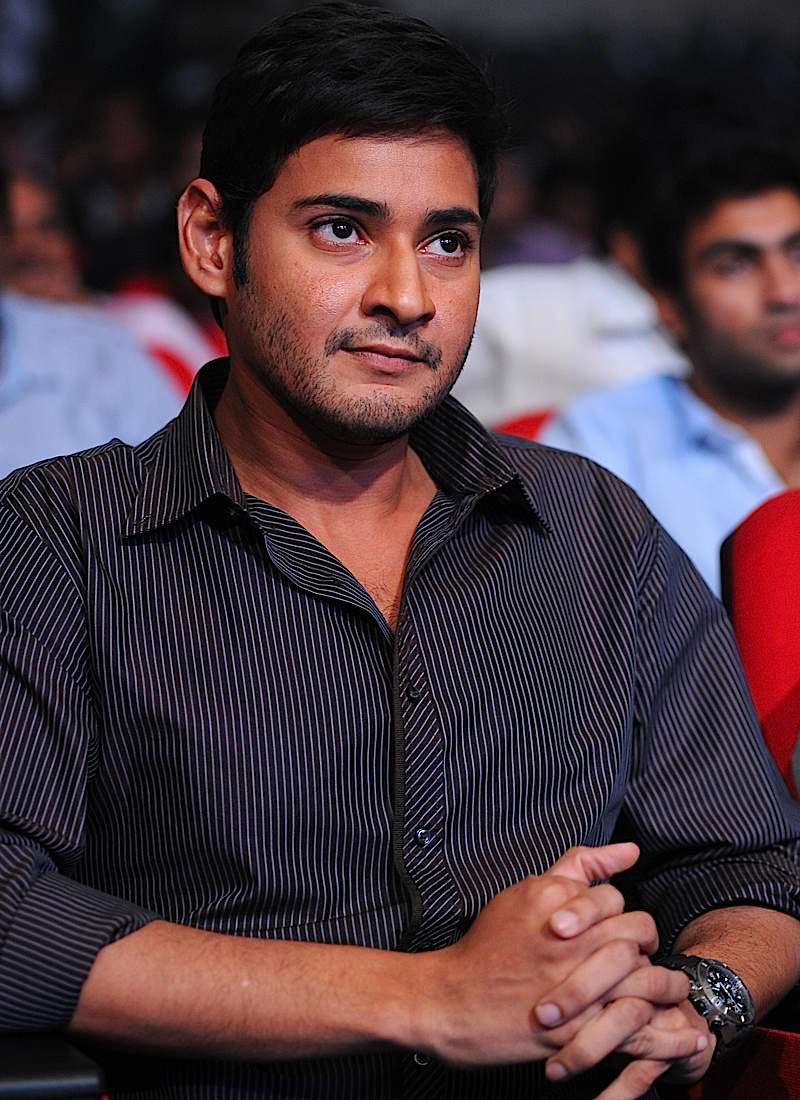Have you ever found yourself sifting through an overwhelming array of streaming options, questioning how we arrived at this point? It’s truly remarkable to observe how swiftly our media consumption habits have evolved, particularly in an era that seemed steadfastly anchored in conventional broadcasting. In Belgium, IPTV—Internet Protocol Television—has emerged as a transformative force, revolutionizing the way content reaches our living rooms and integrates into our daily lives. It’s as if we’ve leaped from relying on those antiquated rabbit ears straight into a realm where our desired content is just a click away. But what implications does this shift hold for traditional broadcasting? To expand your knowledge of the subject, visit this recommended external website. Within, you’ll discover useful data and extra facts that will enhance your educational journey, iptv abonnement.
Reflecting on my own experiences, I can’t help but reminisce about the thrill of eagerly awaiting a Friday night movie. The anticipation of picking out a DVD or tuning into a scheduled broadcast brought a tangible joy to my week. Now, however, I find myself curating my viewing habits from an extensive menu of options available via IPTV services. There’s an undeniable sense of freedom in being able to tailor my viewing experience to my preferences, but that beckons the question: does this newfound convenience herald the decline of traditional broadcasting?
The Cultural Quilt of Belgian Media
Belgium is renowned for its rich tapestry of languages and cultures—Flemish, French, and German-speaking communities all weave together to create a uniquely vibrant media landscape. Within this context, IPTV does more than just provide convenience; it serves as a gateway to a rich selection of diverse content that reflects various cultural backgrounds. Each linguistic group boasts its unique flavor, from quirky local sitcoms to gripping international dramas, and IPTV empowers viewers to venture beyond their familiar territories.
At last year’s local film festival, I stumbled across a remarkable series of short films that celebrated Belgian stories across an array of languages. This experience was a poignant reminder of how our media landscape doesn’t merely entertain—it cultivates understanding and appreciation of our shared experiences. With IPTV offering a plethora of regional content, I find inspiration in the ease of switching between a moving Flemish drama and a lighthearted French comedy, enriching my cultural exposure in ways that traditional broadcasting often fell short.
Personalized Experiences and User Engagement
Another exhilarating aspect of IPTV lies in its remarkable capacity for personalization—something traditional broadcasting rarely achieved. Have you noticed how certain platforms suggest shows based on your previous viewing habits? This algorithm-driven approach has significantly transformed my viewing rituals. Instead of mindlessly flipping through channels, I now engage with content that aligns with my interests. It feels like having a personal entertainment curator at my fingertips!
This tailored experience encourages me to explore beyond my usual preferences and discover local Belgian talent that I might never have encountered otherwise. There’s a lively community of creators out there, Going Here and IPTV platforms are bridging the gap between these talented individuals and viewers, nurturing a connection that traditional TV has struggled to cultivate.
Challenges on the Horizon
However, we cannot overlook the significant challenges accompanying this shift. Traditional broadcasters are feeling the strain of a rapidly changing environment. With declining viewership numbers, many find themselves trapped in a repetitive cycle, desperately attempting to innovate while clinging to outdated practices. This makes me ponder: can they truly thrive in a landscape so heavily dominated by on-demand and user-curated content? The competition is fierce, and innovation isn’t merely desirable; it’s essential.
Consider the landscape of advertising. Traditional commercials often disrupt our favorite shows, leading to moments of annoyance. In contrast, IPTV platforms introduce the potential for targeted ads that can resonate more closely with individual viewers’ preferences. When I can choose to watch a brief commercial that reflects my interests rather than a random pitch for something completely irrelevant, it enhances my overall viewing experience. Yet this raises pertinent questions: Will traditional advertising adapt? How will media companies evolve to keep their audiences engaged amid these transformations?
Looking Ahead: The Integration of Tradition and Modernity
As I contemplate the future, I can’t help but feel a surge of optimism. Both traditional broadcasting and IPTV have the potential to coexist, merging the best elements of each approach. There is ample opportunity for hybrid models that blend the intimacy and nostalgia associated with traditional TV while embracing the flexibility and personalization offered by IPTV. Imagine if your local network provided on-demand options or if beloved shows could be streamed alongside fresh content, fostering a community around shared viewing experiences. The possibilities are truly exciting!
Ultimately, this journey is about how we, as consumers, evolve and adapt within this shifting landscape. With a sense of curiosity and open-mindedness, I look forward to witnessing the transformation of broadcasting in this digital age—an evolution that empowers us with choices while preserving the cultural narratives that connect us all. Enhance your study by checking out the suggested external source. There, you’ll find additional and valuable information to expand your knowledge of the topic. France iptv, take a look!


